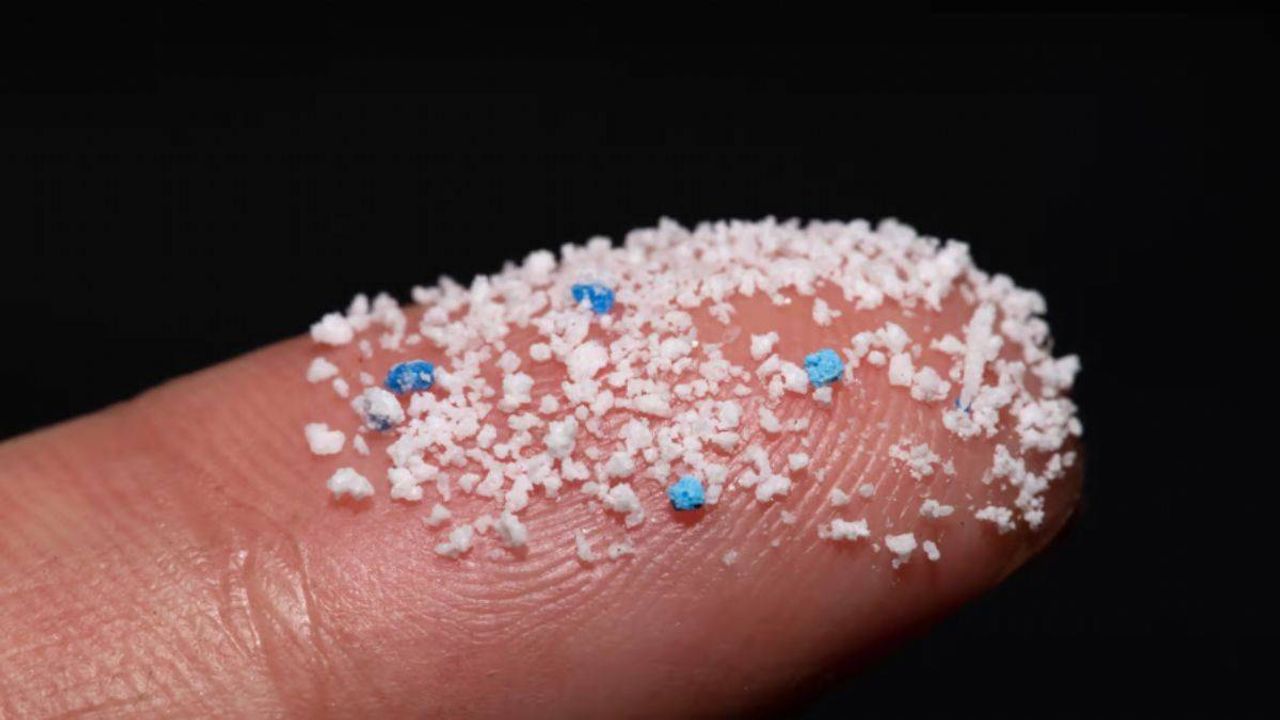In a study conducted in the US, microplastics were detected in human brains for the first time.
This research, which has not yet been independently verified by other scientists, is described in the media as frightening and worrying.
What is microplastic? Can it be seen?
Plastic is generally considered indestructible. However, plastic breaks down into smaller particles.
Definitions vary, but in general microplastics are smaller than five millimeters. This makes some of them too small to be visible to the naked eye.
Microplastics are commonly found in drinking water and everyday foodstuffs. This means that we are constantly exposed to them in our diet.
This widespread and long-term exposure is a serious concern for human health. Studies investigating the potential risks of microplastics on our health are limited but growing.
Results of the review
The study analyzed 51 samples from routine autopsies in Albuquerque, New Mexico.
The samples were taken from the liver, kidney and brain. Microplastics are difficult to study because they are so small, so researchers began using sophisticated instruments to determine the chemical composition of microplastics in samples. This method was also used in this study.
The researchers found 30 times more microplastics in brain samples than in liver and kidney.
It is thought that this may be due to the high blood flow to the brain, or that the liver and kidneys are better able to remove external toxins and particles.
Another possibility is that the brain does not undergo cellular regeneration like other organs, so microplastics may stay there longer.
It was also found that the amount of plastic in the brain samples increased by about 50 percent from 2016 to 2024. This could be a reflection of the increase in environmental plastic pollution and increased human exposure.
The majority of microplastics detected in the study consisted of polyethylene, the most widely produced type of plastic in the world and used in many everyday products such as bottle caps and plastic bags.
This is an important discovery as it is the first time microplastics have been found in the human brain. However, this study was published as a “preprint” and has not yet been reviewed or validated by other independent microplastics researchers.
How do microplastics reach the brain?
Microplastics usually enter the body through contaminated food and water.
This can disrupt the gut microbiome and cause inflammation. This in turn has effects throughout the body through the immune system and the complex two-way communication system between the gut and the brain.
This is known as the “gut-brain axis”, which plays a role in many aspects of health and disease.
We can also be exposed to microplastics through airborne respiration. Once these particles reach the intestine or lungs, they can enter the bloodstream and be carried to various organs of the body.
Microplastics have been found in human feces, joints, liver, reproductive organs, blood, veins and hearts.
In studies on mice, it has been shown that ingested microplastics are absorbed from the intestine into the bloodstream and reach the brain, where they are also found in other organs.
Microplastics need to cross the blood-brain barrier to reach brain tissue. While this is worrying, it is not surprising because microplastics are already known to be present in the human body, crossing cellular barriers such as urine, testes and placenta.
What happens to the brain?
The effects of microplastics in the human brain are not yet known.
But some laboratory experiments show that microplastics can increase brain inflammation and cell damage, alter gene expression and affect brain structure.
There may also be a risk of microplastics themselves carrying environmental toxins or bacteria into the body.















